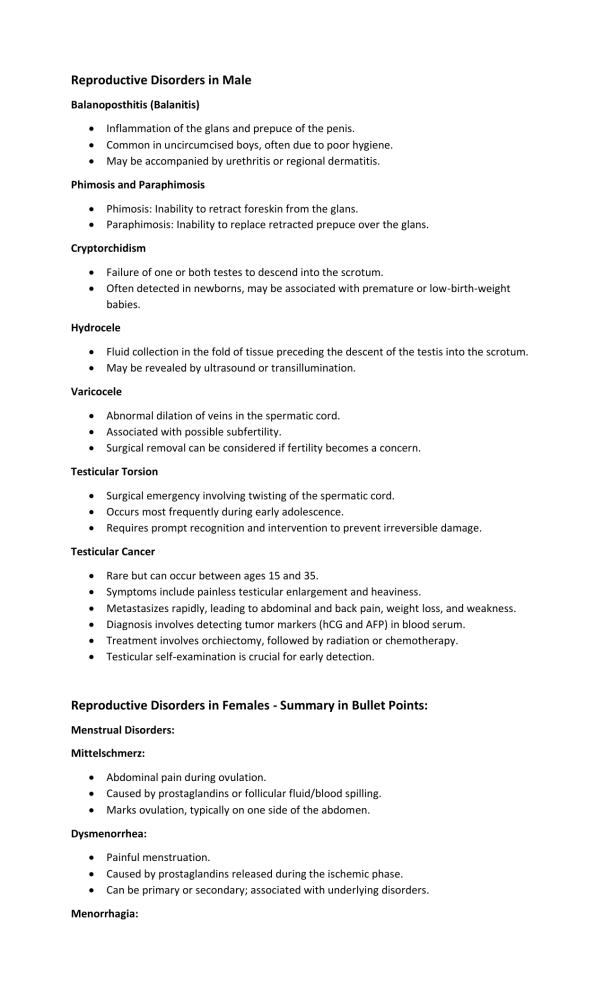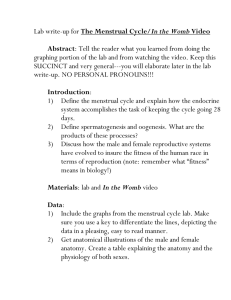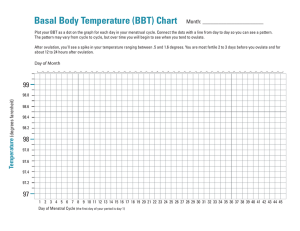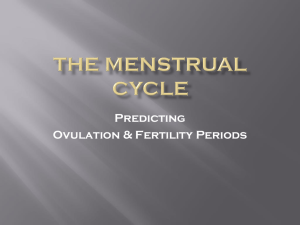
Reproductive Disorders in Male Balanoposthitis (Balanitis) • • • Inflammation of the glans and prepuce of the penis. Common in uncircumcised boys, often due to poor hygiene. May be accompanied by urethritis or regional dermatitis. Phimosis and Paraphimosis • • Phimosis: Inability to retract foreskin from the glans. Paraphimosis: Inability to replace retracted prepuce over the glans. Cryptorchidism • • Failure of one or both testes to descend into the scrotum. Often detected in newborns, may be associated with premature or low-birth-weight babies. Hydrocele • • Fluid collection in the fold of tissue preceding the descent of the testis into the scrotum. May be revealed by ultrasound or transillumination. Varicocele • • • Abnormal dilation of veins in the spermatic cord. Associated with possible subfertility. Surgical removal can be considered if fertility becomes a concern. Testicular Torsion • • • Surgical emergency involving twisting of the spermatic cord. Occurs most frequently during early adolescence. Requires prompt recognition and intervention to prevent irreversible damage. Testicular Cancer • • • • • • Rare but can occur between ages 15 and 35. Symptoms include painless testicular enlargement and heaviness. Metastasizes rapidly, leading to abdominal and back pain, weight loss, and weakness. Diagnosis involves detecting tumor markers (hCG and AFP) in blood serum. Treatment involves orchiectomy, followed by radiation or chemotherapy. Testicular self-examination is crucial for early detection. Reproductive Disorders in Females - Summary in Bullet Points: Menstrual Disorders: Mittelschmerz: • • • Abdominal pain during ovulation. Caused by prostaglandins or follicular fluid/blood spilling. Marks ovulation, typically on one side of the abdomen. Dysmenorrhea: • • • Painful menstruation. Caused by prostaglandins released during the ischemic phase. Can be primary or secondary; associated with underlying disorders. Menorrhagia: • • Abnormally heavy menstrual flow. Can indicate various underlying issues. Metrorrhagia: • • Abnormal uterine bleeding between menstrual periods. Can be caused by various factors. Menstrual Migraine: • • Headache during menstrual flow. Associated with estrogen drop. Endometriosis: • Abnormal growth of extrauterine endometrial cells. Amenorrhea: • • • Absence of menstrual flow. Can suggest pregnancy but has other potential causes. May result from tension, anxiety, fatigue, chronic illness, extreme dieting, or strenuous exercise. Premenstrual Dysphoric Disorder (PDD): • • Symptoms in the luteal phase, relieved by menses. Variety of symptoms, affecting a subset of women. ADDITIONAL REPRODUCTIVE DISORDERS IN FEMALES Female Circumcision: • • • • Involves incision and removal of the clitoris. No medical reason or advantage; considered a coming-of-age ritual or religious practice in some cultures. Illegal in the United States. Complications include difficulty with conception or childbirth due to vulvar scarring and perineal contraction. Imperforate Hymen: • • • Membranous tissue obstructs the vaginal opening. May be asymptomatic before menarche; causes abdominal pain with menstruation. Diagnosis through physical examination; treatment involves surgical incision or removal of the hymenal tissue. Polycystic Ovary Syndrome (PCOS): • • • • Common cause of ovulation failure (10% of women of childbearing age). Symptoms include irregular menstrual cycles, acne, hirsutism, obesity, male pattern baldness, insulin resistance, and absence of ovulation. Diagnosis through history, physical exam, pelvic exam, ultrasound, and hormone level assessment. Treatment aims at relieving symptoms, including lifestyle changes, oral contraceptives, metformin, fertility medications, and surgical options. Toxic Shock Syndrome (TSS): • Caused by toxin-producing strains of Staphylococcus aureus, often associated with tampon use. • • Symptoms include high temperature, vomiting, diarrhea, hypotension, muscle pain, rash, and septic shock. Requires careful vaginal examination, removal of tampon particles, antibiotic therapy, and supportive care. Vulvovaginitis: • • • Inflammation of the vulva or vagina with symptoms like pain, odor, pruritus, and discharge. More common at puberty; may be caused by infections, foreign objects, or poor hygiene. Treatment involves addressing the underlying cause, such as antibiotics for infections or removal of foreign objects. Pelvic Inflammatory Disease (PID): • • • • Inflammatory conditions affecting the genital tract, often starting with cervical infection. Symptoms include severe abdominal pain, purulent discharge, fever, and pelvic tenderness. Diagnosis through physical examination, laboratory tests, ultrasound, or laparoscopy. Treatment includes antibiotics, analgesia, and, in severe cases, drainage of pelvic abscess.



